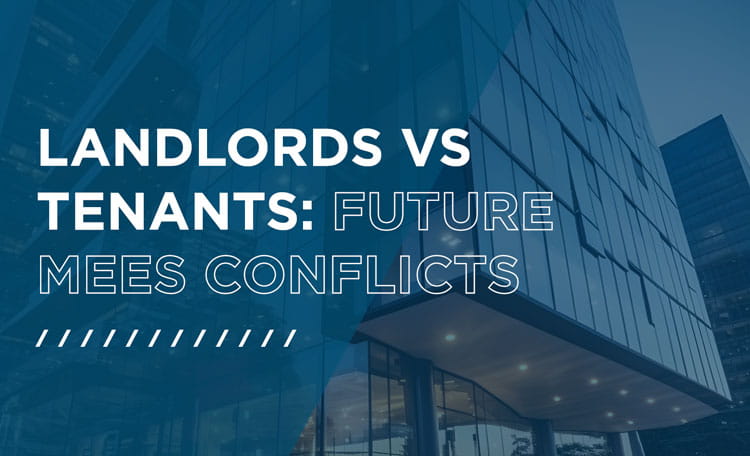A recent decision by the Secretary State to reject M&S wholesale development of their London flagship store at Marble Arch, and whilst it has been challenged, it does highlight the attitude to planning where redevelopment can no longer be taken for granted as pressure grows to prioritise adapting and reusing existing buildings. When making a case for a redevelopment the whole life carbon impact will need to be considered alongside that for reuse options.
We are also seeing similar patterns where landlords undertaking dilapidation works are retaining and refurbishing suspended ceilings, raised access floors and central mechanical and electrical systems in particular HVAC. As a result, landlords are finding it easier to recover costs from outgoing tenants for repairs as opposed to seeing greater savings where landlords previously were undertaking improvements for which the outgoing tenants are not liable for.
The landlord and tenant relationship needs to move away from focusing purely on financial and working more closely together with a more sustainable agenda.
Dilapidation liabilities represent a significant opportunity to help reduce the impact on the environment where both landlords and exiting tenants can work more closely for a mutual benefit to reduce the environmental impact and meet respective net zero targets.
The lifecycle of occupation requires stripping out the outgoing tenant’s alterations (in the case of offices reinstating to open plan Cat A standard) ready for marketing the space before being fitted out by the new incoming tenant. The cycle of waste is significant. The lease liability plays a large part in this, where outgoing tenants are legally required to reinstate the premises. Whilst most tenants settle the liability financially, some undertake works before the end of the term removing alterations which could be of use to a new tenant.
Landlords with net zero targets may see outgoing tenants argue and defend against claims on the basis that removal and reinstatement of alterations which are in good condition will have a negative impact on net zero targets.
The industry must bring all stakeholders together to formulate a far more efficient and sustainable approach to dilapidations, including landlord’s, tenants, letting agents, lawyers, valuers, as well as manufacturers and the wider supply chain.
The industry will achieve significant improvements to sustainable dilapidations by adopting the following: -
Before Lease Commencement
- Adopt assumed CAT A specifications instead of physical works avoiding waste when the tenant fits out the space.
- Amend the lease to encourage a financial dilapidations settlement.
- Landlords should ensure a tenant’s fit out is designed and materials specified which can be adapted easily by a future tenant.
- Licences to Alter can play a greater part in controlling the impact the tenant’s fit out will have on the environment.
End of Lease
- An environmental audit to assess the impact of removing and reinstating a fit out will identify elements which could be retained, reused, or upcycled, including the furniture.
- Landlords should market the space with the existing tenant’s fit out presenting an opportunity for incoming tenants to adopt some or all the fit out.
- Provide virtual reality imaging so the incoming tenants can visualise open plan space and help identify where parts of the old fit out can be retained and reused.
- Landlords and tenants must work together to facilitate early marketing of the fitted-out space before lease termination, to encourage new tenants to consider re-use.
- Embed waste management into the dilapidations process. Works being undertaken should be done with a more sustainable approach including careful separation and aggregation.
The process of preparing space for letting, fitting out for occupation, and reinstating at lease end presents a cycle of waste at each stage, and environmental impact is significant. The real estate industry has a genuine opportunity to bring all stakeholders together and adopt changes to meet respective net zero carbon commitments. Sustainable dilapidations is part of this process, but the opportunity extends to all stages of the marketing, occupation and end of lease life-cycle.






